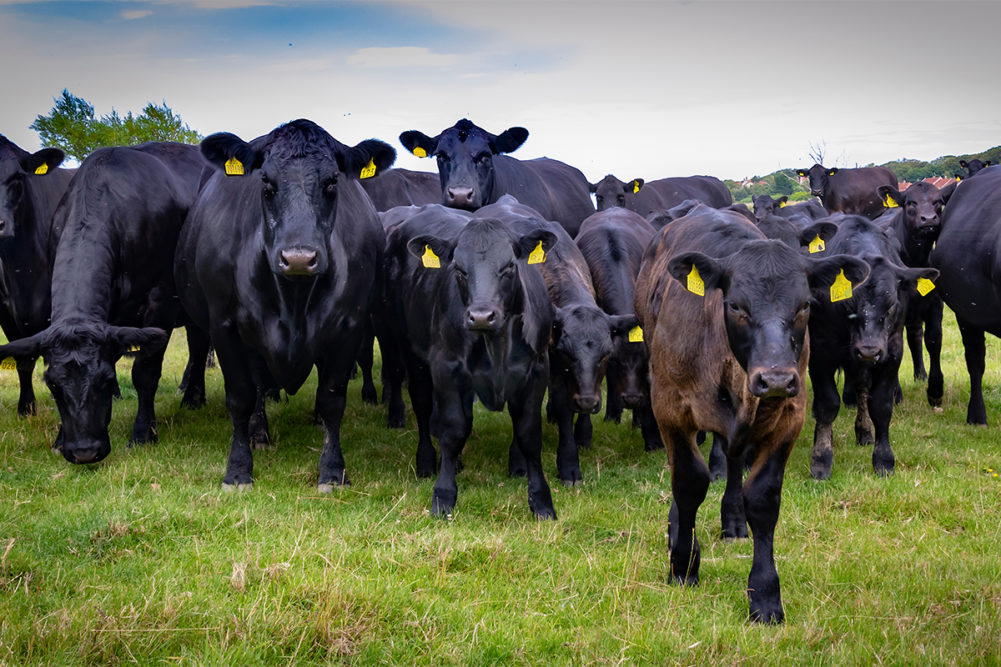WASHINGTON — The US Department of Agriculture (USDA) proposed a new rule on June 25 to promote the Biden-Harris administration’s plan for a fairer, more competitive and resilient meat and poultry supply chain. The Fair and Competitive Livestock and Poultry Markets rule is the latest in a series of proposed changes to the Packers and Stockyards Act.
“Entrenched market power and the abuses that flow from it remain an obstacle to achieving lower prices for consumers and fairer practices for producers,” said Agriculture Secretary Tom Vilsack. “Today’s proposed rule stands for clear, transparent standards so that markets function fairly and competitively for consumers and producers alike. With our whole-of-government approach to competition and resiliency, the Biden-Harris Administration is fighting every day to lower costs for American families and give farmers a fairer shake.”
If finalized, the rule would provide clarity around the interpretation of “unfair” as it appears in the Packers and Stockyards Act. This definition would be used for the USDA, courts and private parties to better determine what conduct the Packers and Stockyards Act prohibits. It would function as a workable guideline on how the prohibitions on unfair practices will operate and be enforced.
Although the rule’s intentions are to foster a fairer market, it’s receiving pushback from the Meat Institute for doing the exact opposite.
“Contrary to USDA’s assertion, these changes would introduce uncertainty into the market and de-couple the demand signals producers receive from beef consumers, including consumers’ willingness to pay for value-added attributes,” the Meat Institute said. “At low points in the cattle cycle, like this year’s historically small cattle herd, it puts at risk the value producers earn from sustained beef demand, and as the expansion phase of the cattle cycle begins it would undermine the benefits earned from growing beef demand.”
During the majority of 2023, cattle prices reached record levels, surpassing the previous record highs from 2014-2015. Moving well into 2024, cattle prices remain at record levels.
The Meat Institute noted that the cattle price outlook for 2024 continues to be bullish, with the USDA projecting the annual average price of cattle to increase over the 2023 record based on a smaller supply.
Adding to the strains of a tight supply, the Meat Institute believes the rule would encourage “frivolous” and “costly” lawsuits as it reverses the longstanding legal standard that parties must demonstrate harm to competition to sue and win under the Packers and Stockyards Act.
“Unfortunately for the Biden administration, Secretary Vilsack has tried these changes before,” said Julie Anna Potts, president and chief executive officer of the Meat Institute. “They have failed before the courts, conflict with Congressional intent and are a blatant attempt to pick winners and losers in the marketplace. Under these proposed rules, everyone loses — the livestock producer, the packer and ultimately the consumer.”


